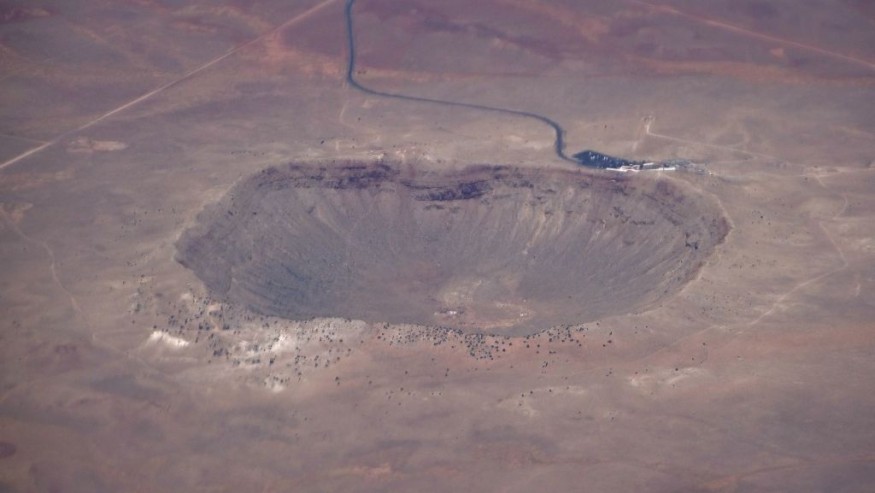Scientists are still learning new things from the huge Meteor Crater in Arizona that formed about 50,000 years ago. The Meteor Crater Natural Landmark is an ideal place to prepare Artemis kits that give insights on how to explore the Moon just as how it did during the Apollo missions in the 1960s.
David Kring, principal scientist at the Universities Space Research Association's (USRA) Lunar and Planetary Institute in Houston, Texas said that the rewards for research from this crater continue even today.

Mapping New Features That Fills in the Gaps
He has been conducting training and field research at the site for a decade now. Kring told Space.com that they usually have two to three ongoing projects at the crater every year. Their studies focused on the deformation of the crater wall and the debris that surrounds the crater itself.
He noted that they would map new features at the crater and fill in some gaps from previous studies every time they go back there. The ejecta blanket is almost 10 times larger than the crater and they believe that the asteroid that caused the formation of Meteor Crater was an iron meteorite, Type IAB, which is a fragment of an impact crater on an asteroid that came to Earth and created another impact crater.
But even though they have been conducting studies on the crater, they have yet to calculate its true age. Kring said that three independent methods produced the same number and estimated it to be about 50,000 years old.
However, the calibration of two of these methods had more uncertainty in them that there is a possibility that the crater may be a few thousand years older than believed. He pointed out that the suggested timeline was during the glacial epic in which mammoths and mastodons were grazing in the area.
They reconstructed the crater from their recovered pollen from the lake sediments that covered it to find out what vegetation was like at that time. But they also do not know the impactor and any information remains unclear.
Training Site for Astronauts
Kring has trained active and candidate astronauts at the crater for many years and still continues today. The late astrogeologist Eugene "Gene" Shoemaker from the US Geological Survey (USGS) and other geologists even educated Apollo-era astronauts at the site and taught them how to read the lunar landscape.
He proposes that Artemis astronauts should also have their basic training at Meteor Crater and other impact sites to have more advanced learning about what the Moon's surface could be for the expeditions to be successful.
Kring noted that one of the benefits they could gain is exposure to the type of terrain on the Moon, where astronauts will be operating within. He said that the single best tool that humans can deploy on the lunar surface is a well-trained astronaut who will be productive in addressing science and exploration objectives.
Understanding the features in the impact crater, as well as the process that resulted in them, and the way they redistribute material across the lunar surface is essential for the mission. Kring emphasized that the best spectrometers are the eyes of a well-trained astronaut.
RELATED ARTICLE : China's New Meteor Impact Crater 'Yilan' Might Be the Largest to Date
Check out more news and information on Space in Science Times.
© 2026 ScienceTimes.com All rights reserved. Do not reproduce without permission. The window to the world of Science Times.












